Introduction
Perolata. A word that, if searched, does not exist. Instead, the results that emerge are for the word “perorata,” which is defined by the Real Academia de Lengua as a “discurso o razonamiento, generalmente pesado y sin substancia” (discourse or reasoning, generally weighted and without substance) (n. pág.).
But that is not what a perolata is. While it’s a word that doesn’t appear in the dictionary, it is a word that formed a part of my life in Sevilla. A perolata, (based on the context in which it was always used and the definition from my host mom and borrowing from the RAE definition of “perorata”) is a discourse or reasoning that is generally weighted, but with substance. With a lot of substance, actually. It is the only word I can think of that adequately describes what I would like to write.
In this article, I would like to take this opportunity to share, based on my experiences, some information about studying abroad related to academics. Before my semester abroad, I realized that you could find hundreds — if not thousands — of articles on how many pairs of shoes you should pack in your suitcase, but almost nothing on classes and academics abroad.
While I will be the first to admit that there is something to be said for being independent and figuring things out for oneself when abroad, I have found that there is a genuine deficit with respect to information about academics abroad, including information provided by the U.S. study abroad programs with which students will be studying. This article is not meant to criticize anyone, but instead to provide insight into academics abroad through one student’s perspective.
For context, my name is Grace, I am a Spanish and English Literature double major with a Music minor, and I studied abroad at the Universidad de Sevilla in the Facultad de Filología and Facultad de Geográfia e Historia during the Spring 2023 cuatrimestre (semester) through a U.S.-based study abroad program for advanced Spanish speakers. I had the opportunity to take classes with the Spanish students matriculated in the Universidad within the grados (majors) of Filología Hispánica (Spanish Philology) and Estudios Ingleses (English Studies), as well as a few Cursos concentrados para extranjeros (courses only for the U.S. students studying at the Universidad).
Because of this, I had the unique opportunity to simultaneously experience two extremely distinct systems of higher education at the same time, as well as compare it with my experience with higher education in the United States. For this, below are some of my observations that I hope I can aid the reader (a prospective study-abroad student looking for information, someone curious about academics abroad, someone searching for the definition of “perolata” in English, or the poor reader who has clicked on the wrong page on the internet but has made the brave decision to continue reading).
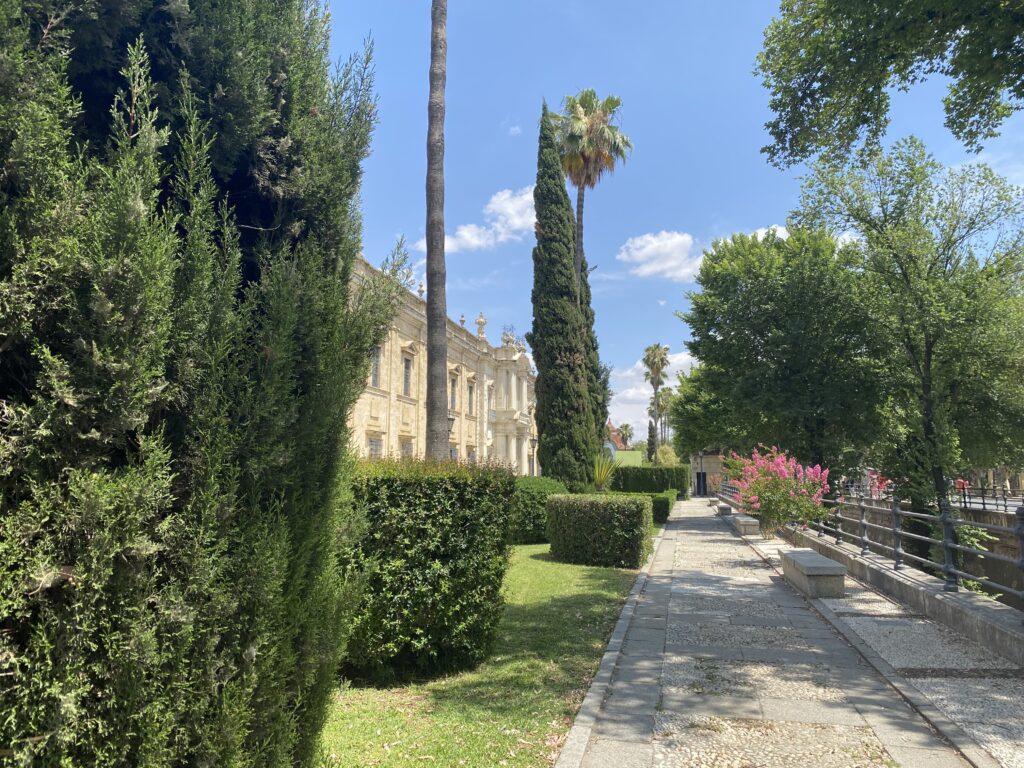
¿Cursos integrados en contraste a Cursos concentrados para extranjeros? A clarification of terminology.
The structure of this article is based on the comparison of two different types of courses offered to students traveling to the Universidad de Sevilla through U.S.-based study abroad programs. I am not sure if this setup is common throughout other universities abroad; I am writing from my own experience with one distinct system. That being said, what are the two different types of classes?
Cursos integrados. These are the classes that the full-time students matriculated in the Universidad take for their grados. Additionally, these are also the courses that students on Erasmus in Europe must take, completely integrated with the full-time Spanish students at the Universidad. Given that their audience is full-time Spanish students at the Universidad, the language of study is Spanish, given at the level of native speakers. The only exceptions are if the courses correspond to an area of study in a different language, where the class would be taught in the language of study (ie: English for Estudios Ingleses or German for Filología Alemana). You must have an advanced proficiency in Spanish to take these classes. As these classes correspond to certain grados (ie: Filología Hispánica), they typically correspond to specific topics that fit into the grado (ie: a course on 19th century Spanish literature as part of the grado in Filología Hispánica). Usually, there are between thirty and sixty students in a given section of these classes, with multiple sections of each class.
Cursos concentrados para extranjeros. (From here on, I will reference these as only “cursos concentrados.”) These are the classes that only U.S. study abroad students are permitted to take. The courses are either taught in Spanish, where Spanish is clearly established as a second language of the students, or in English. Generally, because these courses are not linked to a grado and only U.S. students are permitted to take them, these courses center themselves around a broad cultural or historical theme. You should also have an advanced proficiently to take these classes, but as most students in these classes did not, it affected the delivery of the class and their ability to engage with the material. Usually, there are between five and twenty-five students in a class and only one section of each class.
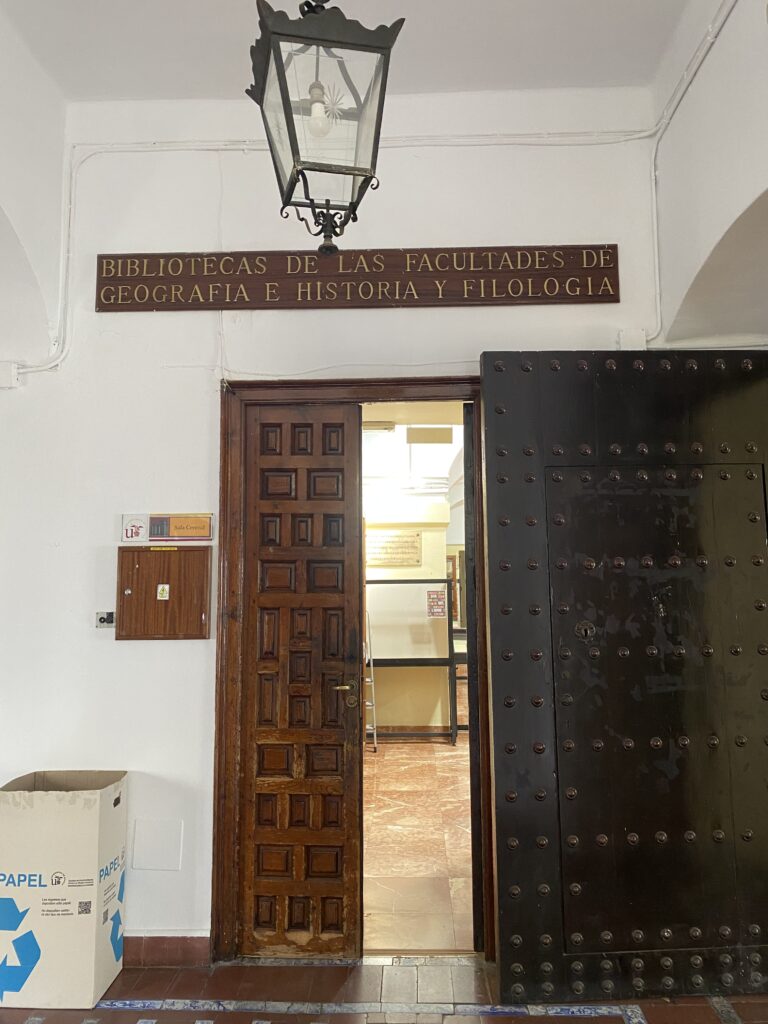
Schedules
Cursos integrados and Cursos concentrados run on completely distinct schedules. Because of these different schedules and timetables for classes, it is extremely challenging to take a mix of Cursos integrados and Cursos concentrados.
The academic schedule for Cursos integrados follows the traditional semester format. Cursos integrados begin earlier and end later than Cursos concentrados, starting almost a month earlier in mid-January and ending almost a month later at the end of May or beginning of June, depending on when one’s last final exam takes place. This type of class meets three times a week for between an hour-and-twenty minutes and an hour-and-thirty minutes. The timetables for these classes (for the spring) is typically available towards the end of the fall/beginning of January on the Universidad’s website.
By contrast, the schedule for cursos concentrados is extremely condensed and, in my opinion, does not follow the format of a traditional semester because it is so compact. Classes begin in mid-February and conclude during the first third of May. These classes meet twice a week for two-hours at a time. The timetable for these classes is sent at the end of the fall. However, there is not a guarantee that any of the classes listed will run. If there are less than eight people, the University and professor have the right to cancel the class. This can happen as late as two weeks into the semester, which makes it incredibly challenging to find replacement credits from the classes that are still running. My study abroad program did not warn me of this beforehand, and it was incredibly stressful and frustrating when I found out about this policy two-weeks into the semester because one of my classes was almost cancelled multiple times.
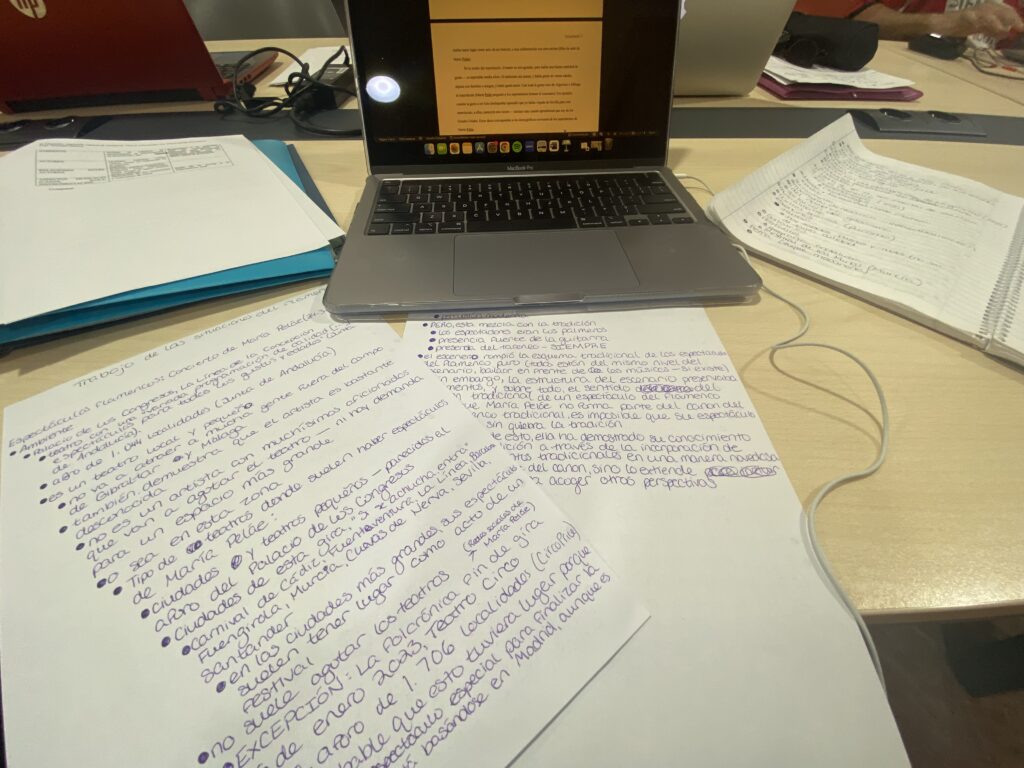
Classes
Because Cursos integrados are taught for full-time students in the Universidad, the academic workload is significantly higher than that of Cursos concentrados —the workload and expectations are significantly higher than in U.S. universities. In order to be successful, you must go to class every day and have prepared the material in advance. Professors in Spain typically do not assign homework as is often assigned in U.S. universities; you will be expected to know any assigned readings inside-and-out before they are lectured on in-class. That is your homework, which I preferred to having to answer a list of questions about a reading because I could focus more on the reading itself. I found that you must have a lot more intrinsic motivation and have a willingness to go above and beyond the assigned material in order to be academically successful in Spain, which I preferred because I felt that I was able to truly go into-depth with and learn the material. That being said, there is much more material covered in each class, so in order to succeed, you much have good time management skills.
During classes, the professor typically lectures and asks for student participation in a variety of ways (volunteers to read, fact-based questions about readings, or to share analysis or interpretations that must be justified). Students take notes the entire time and are not afraid to ask questions during lectures. Although participation and attendance are not typically factored into final grades, I would strongly recommend attending all classes and participating — it holds you accountable with the material.
By contrast, I found Cursos concentrados to be extremely easy, and much easier than my courses in the U.S. In my two classes, there was almost never any homework — not even readings. There was a final paper in one class, but we were never assigned any readings or any outside work. In class, the professor typically lectured the entire time in Spanish. In the beginning, they tried to ask for student input, but after realizing that students were unwilling to try to participate in Spanish, they quickly stopped asking. Many students did not take notes during the lectures or were visibly on their phones during the lectures — which is much more noticeable in a small class. Students typically did not ask questions, and sometimes when they did, they spoke in English — including when the professor only spoke Spanish. I found this extremely frustrating and disrespectful to professors.
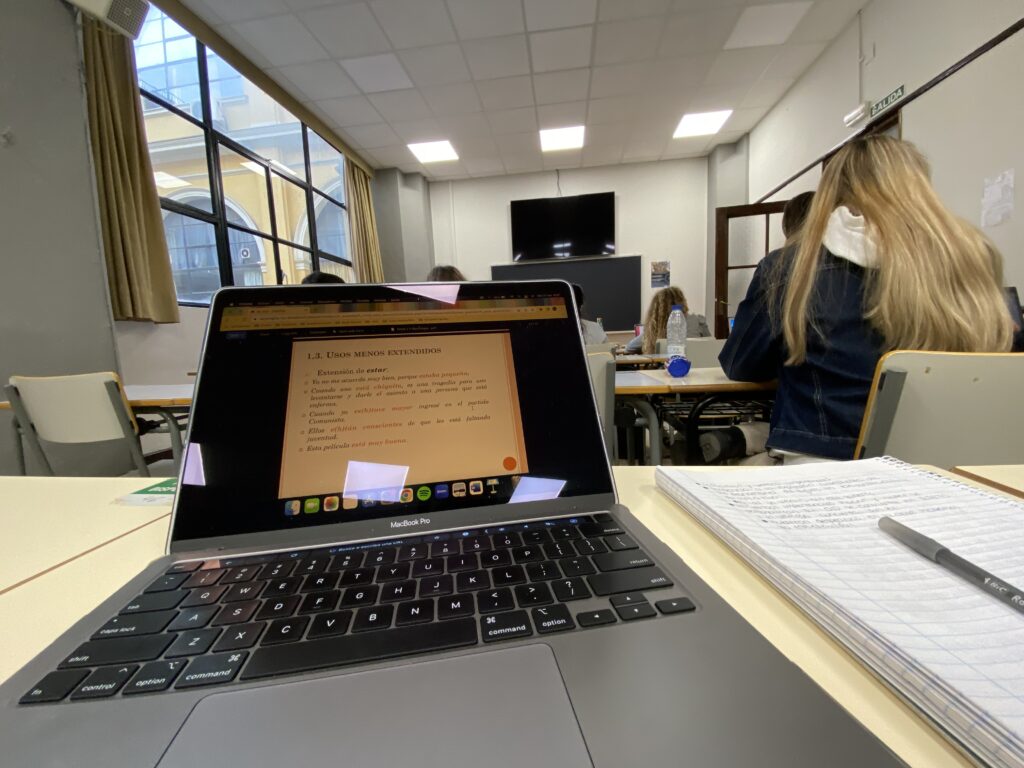
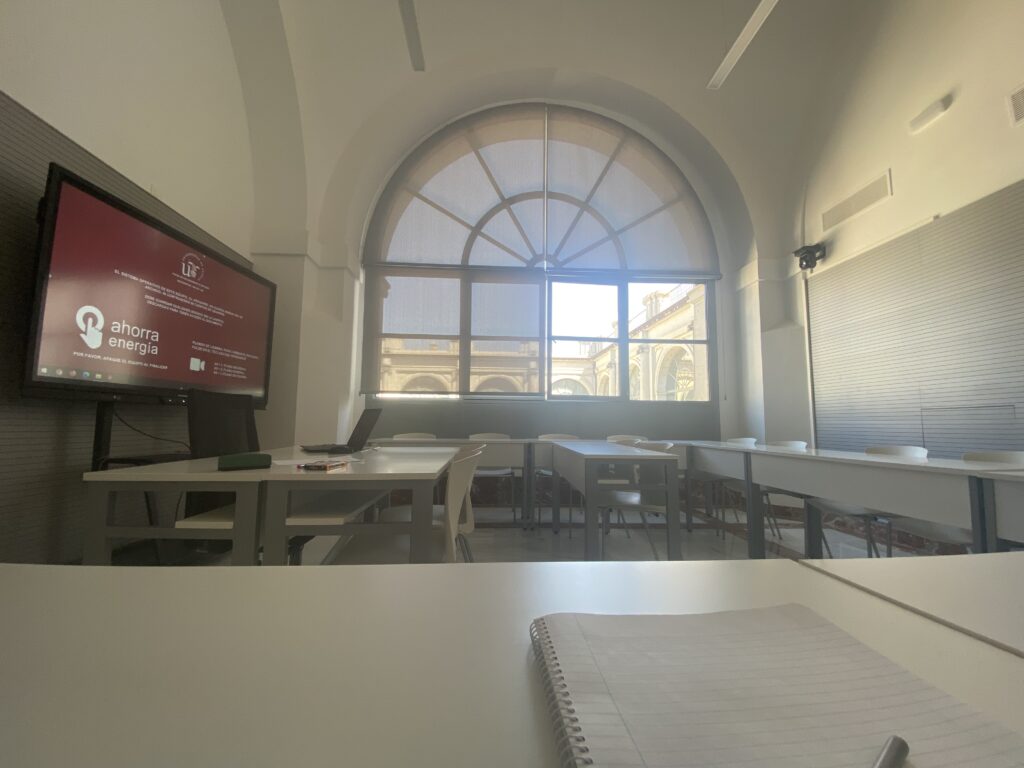
A typical aula (classroom) for Cursos concentrados. (Photo was not taken during class.)
Final Exams
In cursos integrados, the final exams are worth significantly more than in the United States — usually between one-hundred or seventy-five percent. Some professors offer opportunities to lessen the weight of the final exam through the completion of projects or reading extra material (and writing papers on it), but not always. With respect to grading, professors are much stricter — including with grammar and spelling. This point goes back to knowing the material well before each class — you will be expected to demonstrate your knowledge of specific topics on the cumulative final exam, so if you prepare well for each class, preparing for the final exam is much easier. Although grading is much stricter, that is not to say professors are unfair — in fact, quite the opposite, but you are expected to demonstrate a strong and specific understanding of course material. Although these classes were extremely academically rigorous, I really enjoyed the challenge as well as the opportunity to further my knowledge at such a precise level.
In cursos concentrados, there was a midterm and final exam in each class, but as participation counted, each exam was with significantly less than fifty percent of the final grade — the grading distribution was similar to that of universities in the United States. The exams typically asked for general definitions of concepts learned in class. All of my exams were either multiple choice or open note — as long as you had attended class and taken good notes, the exams were not difficult at all.
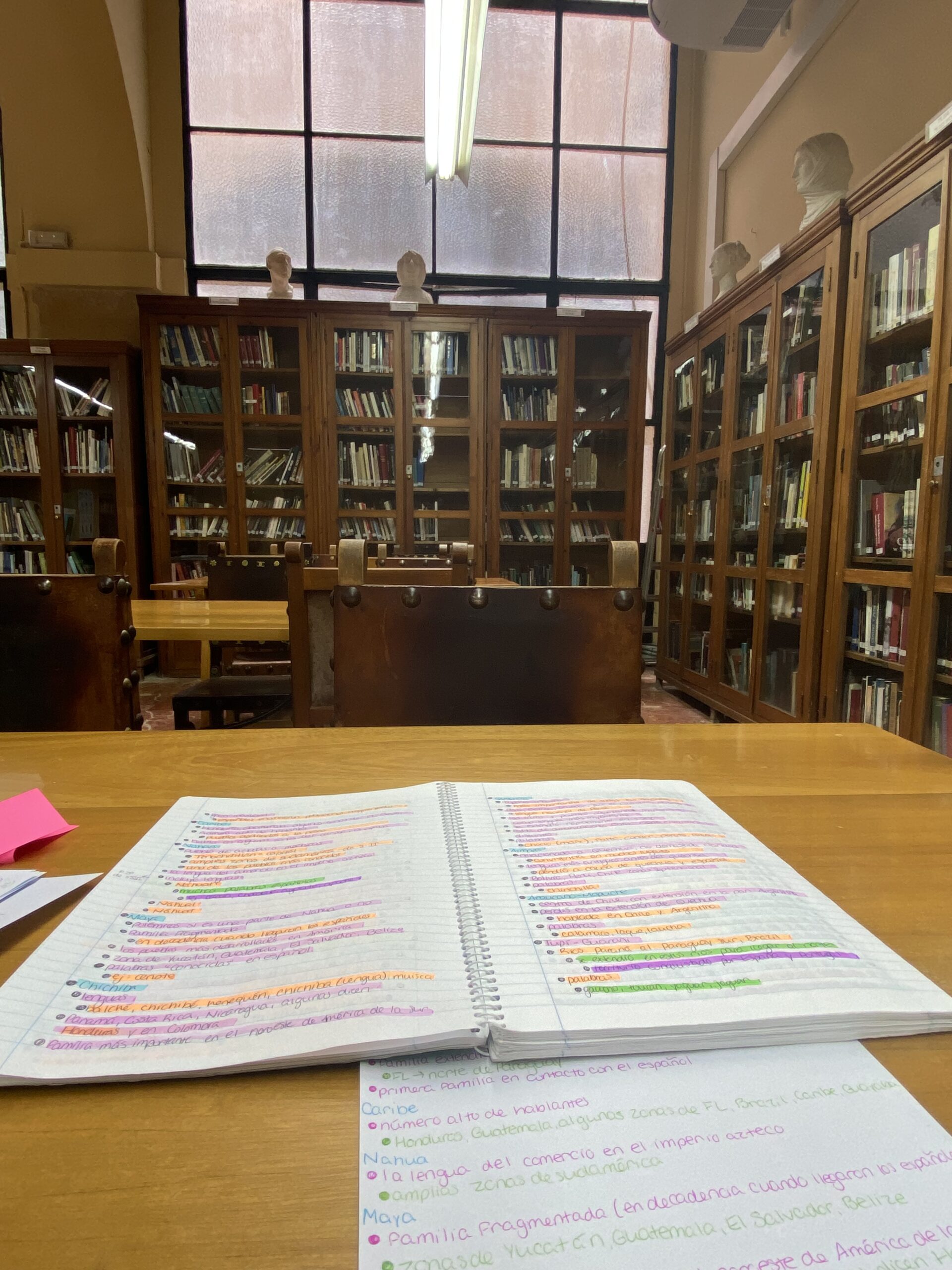
Conclusion
While there is not one correct way to study abroad, looking back, there are few things I would change about my experience. I am grateful for the opportunity to learn in both types of classes, and I am returning to complete my final year of my undergraduate degree in the United States with a much better understanding of the language and culture which I study. In the end, I had the opportunity to study with and learn from incredible professors — regardless of U.S. students’ unwillingness to participate or speak Spanish in my Cursos concentrados. Through my Cursos integrados, I have had the opportunity to meet friends from all over the world and learn so much about the language and local culture of Sevilla, but in my Cursos concentrados, I did not have this opportunity because the students were only from the U.S.
Studying abroad is not without its challenges, but in any situation, one of the most important things you can do is make the most of the opportunities you have. I never would have guessed one of my most important learning experiences was the distinction between my two types of classes and how this changed the entire learning environment, which has opened my eyes to a different system of education that values and delivers education to its students in a way that is completely distinct. During my time abroad in my Cursos integrados with the Spanish students, I have had the opportunity to learn a completely new way of studying and learning at the university level that has pushed me to challenge myself to think and learn in ways I once would have thought were impossible. Moving forward, regardless of the country, class, or classmates, I know I will look at my education differently, but more importantly, continue with the motivation to keep learning what I am able to in order to better understand the world in which I live.
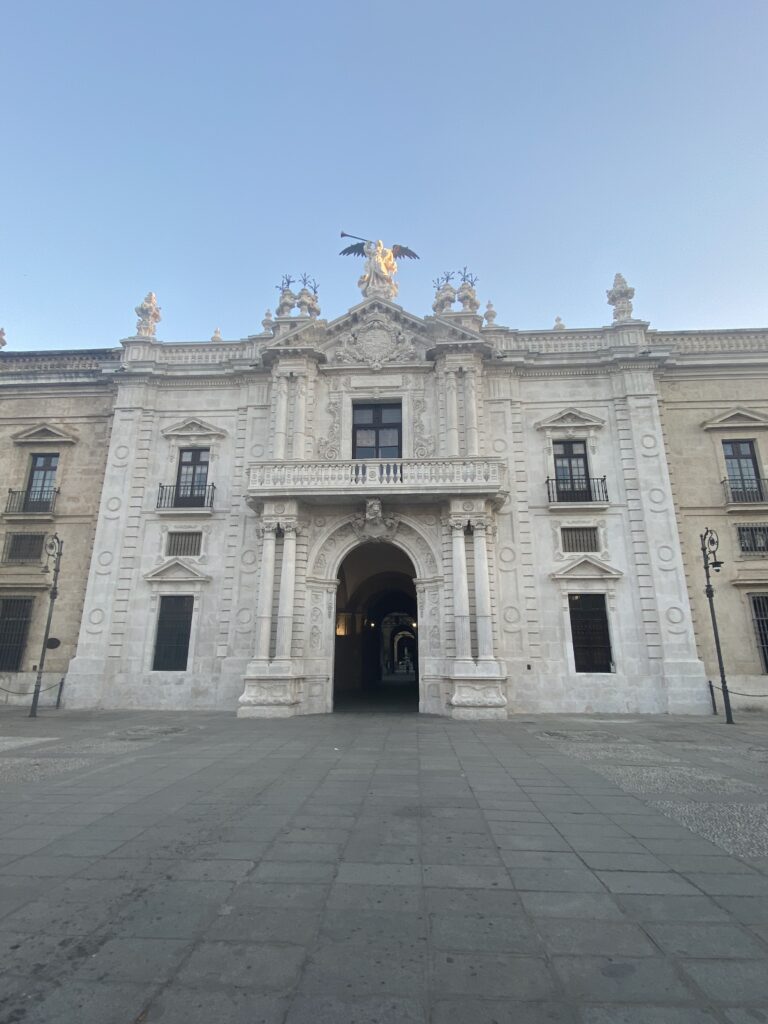
Comments are closed.